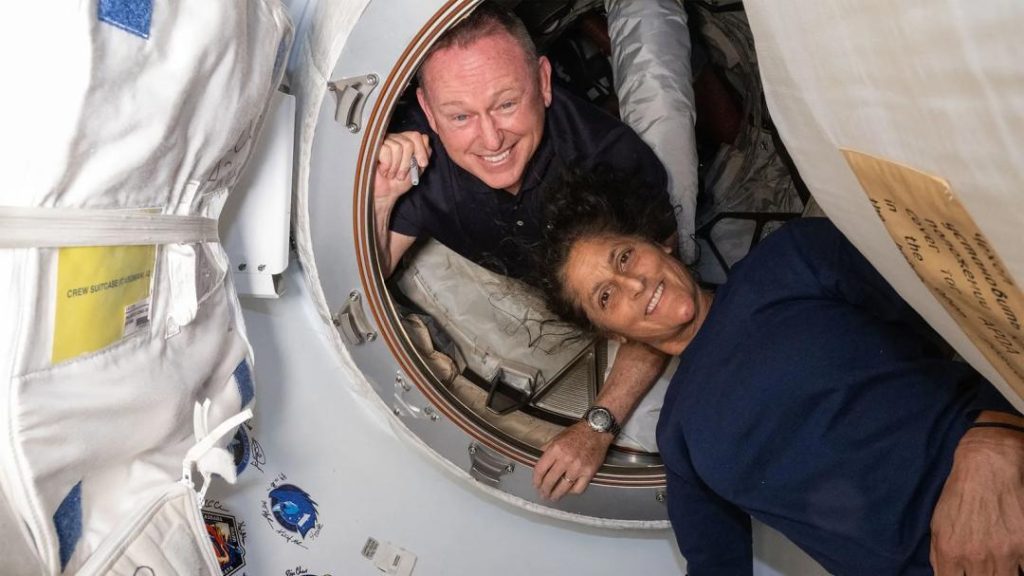
What challenges will Sunita Williams & Butch Wilmore face after returning to Earth?
Next week, astronauts Sunita Williams and Butch Wilmore are expected to return to Earth after spending several months in space. While their journey to the International Space Station (ISS) was filled with excitement and discoveries, their return to Earth may not be as smooth. According to experts, they may face a range of challenges that can have a significant impact on their bodies.
“Baby Feet” and Loss of Bone Density
One of the most significant challenges they will face is the loss of bone density. Prolonged exposure to microgravity can cause significant loss of bone mass, a condition known as osteoporosis. This is because the body doesn’t have to work as hard to maintain its skeletal structure in space, leading to a reduction in bone density.
When they return to Earth, they will have to counter this loss by engaging in exercises that stimulate bone growth. However, this process can be painful and may take several months to recover. Astronauts often experience joint pain, stiffness, and weakness in their muscles, making everyday activities like walking, climbing stairs, or even picking up a pen a challenging task.
Another issue they may face is the development of “baby feet.” In space, the body doesn’t have to work as hard to pump blood back to the heart, which can lead to a loss of blood volume. When they return to Earth, they may experience dizziness, nausea, and even fainting due to this sudden change. Their feet may also become swollen and tender due to the sudden increase in blood pressure.
Other Challenges
In addition to these physical challenges, astronauts also face mental and emotional challenges after returning to Earth. Being in space for an extended period can be isolating, and the sudden change in environment can be disorienting. They may experience anxiety, stress, and even depression.
Furthermore, re-adjusting to Earth’s gravitational pull can be overwhelming. Astronauts may experience space sickness, which is similar to motion sickness but caused by the sudden change in gravity. This can lead to symptoms like nausea, dizziness, and headaches.
Preparing for the Return Journey
To mitigate these challenges, astronauts undergo extensive training before their mission. They are taught exercises to maintain their bone density, and they are also given instructions on how to manage their blood volume and blood pressure.
Medical professionals also play a crucial role in preparing astronauts for their return journey. Before they leave space, astronauts undergo a series of medical checks to assess their physical and mental health. They are also given medication to manage any symptoms they may experience during the re-entry process.
Conclusion
The challenges that astronauts like Sunita Williams and Butch Wilmore face after returning to Earth are a sobering reminder of the physical and mental demands of space travel. While they are trained to overcome these challenges, it’s essential that we continue to invest in research and development to make space travel safer and more comfortable for our astronauts.
As we continue to push the boundaries of space exploration, it’s crucial that we prioritize the health and well-being of our astronauts. By understanding the challenges they face and developing strategies to mitigate them, we can ensure that our astronauts are better equipped to handle the demands of space travel and make the most of their time in space.






